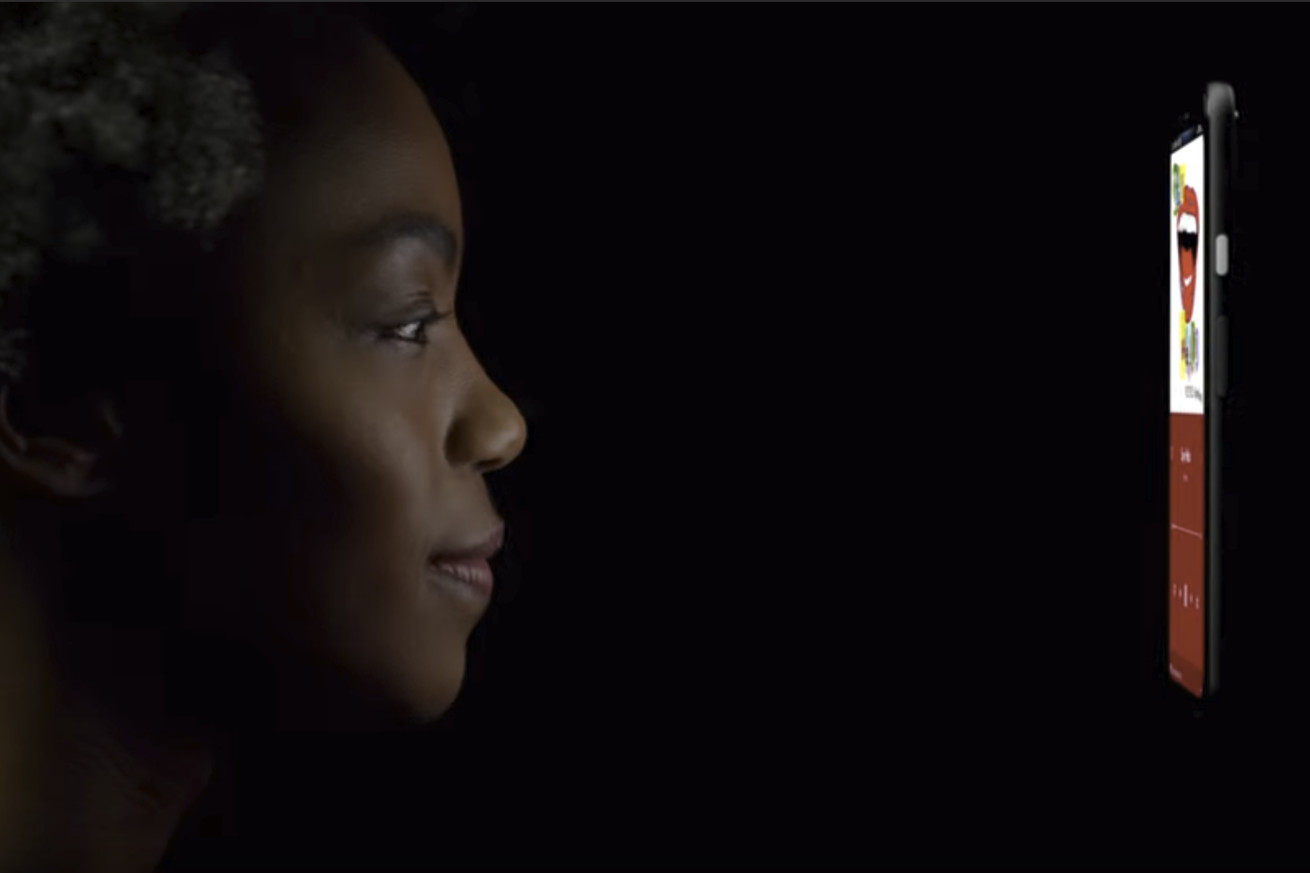Google says the Pixel’s Soli radar and Motion Sense will return
 Image: Google
Image: Google
Google’s $799 Pixel 4 had built-in radar. The new $699 Pixel 5 does not — it ditches the sensor-laden forehead of its predecessor entirely in favor of thinner bezels and a hole-punch camera, like the $349 Pixel 4a before it. The result is more screen, but Google’s “Motion Sense” gestures and its answer to Apple’s Face ID are totally gone.
But Google hardware boss Rick Osterloh tells The Verge that the Project Soli radar and gestures will return. “They’ll be used in the future,” he says. They were just too expensive for the phone that Google wanted to build this time.
(He didn’t say whether they’d appear in a new phone, specifically; a recent FCC filing suggests they might come to a new Nest thermostat as well.)
I doubt buyers of the Pixel 5 will really miss Google’s gimmicky air gestures, which never really advanced the way Google originally teased; not that they had time to, since Google axed the product after just 10 months. But as Dieter pointed out in his review of the Pixel 4, those gestures weren’t the best part. It was how the radar chip could detect your presence and fire up the phone’s facial recognition sensors — for a faster face unlock than even Apple’s Face ID had managed thus far.
It’s not too surprising that Google would keep its Soli radar around: it’s been working on the project for five years now, originally demoing the air gestures in speakers and smartwatches.
For now, you’ll unlock your $699-and-up Pixel 5 with the same kind of rear-mounted fingerprint sensor you can get on the $349 Pixel 4a. I have the cheaper phone, and it’s not bad! I like balancing the phone in my hand using the fingerprint divot. It’s pretty responsive. But it’s not quite the same as face unlock.
Below, find a few of our earlier stories about Google’s Project Soli.
Comments
Post a Comment